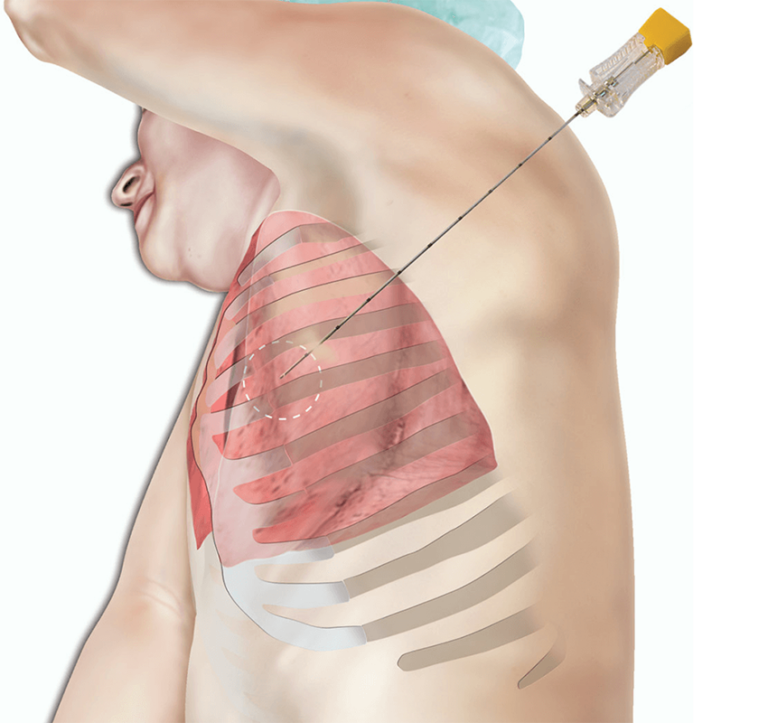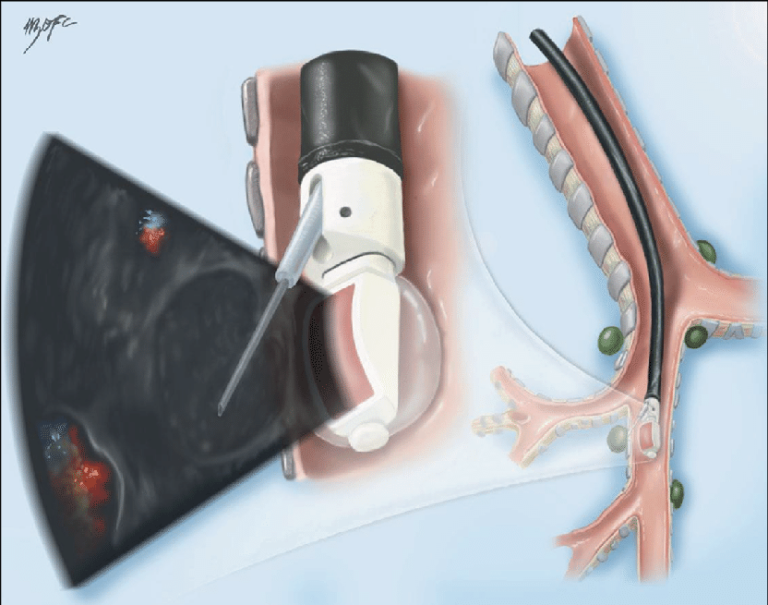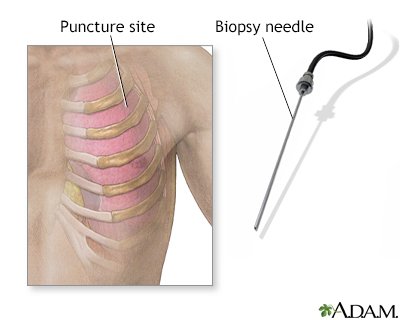Tech Innovations in Allergy Diagnosis A Glimpse into the Future of Nasobronchial Allergy Testing.
The landscape of allergy diagnosis is on the brink of a revolution, propelled by technological innovations that promise to enhance precision, accessibility, and patient outcomes. In particular, advancements in skin testing technologies are providing a glimpse into the future of diagnosing endobronchial allergies – a category encompassing conditions like allergic rhinitis and asthma. In this article, we explore the cutting-edge tech innovations reshaping allergy diagnostics and the potential impact on the management of endobronchial allergies.
Traditional Challenges in Nasobronchial Allergy Diagnosis
Nasobronchial allergies present a unique set of challenges in diagnosis due to the complex interactions of allergens in the nasal and bronchial passages. Traditional methods, while valuable, have limitations such as the potential for false positives and an inability to capture the full spectrum of respiratory responses.
- Skin Prick Tests and Blood Tests
- Conventional skin prick tests and blood tests have been instrumental in identifying allergens. However, their scope is limited in capturing the dynamic and multifaceted nature of nasobronchial allergies.
- Subjective Symptom Reporting
- Relying solely on patient-reported symptoms can lead to subjective evaluations and may not provide a comprehensive understanding of the specific triggers for respiratory allergies.
Emerging Technologies in Nasobronchial Allergy Testing
- Microarray Technology
- Microarray-based skin testing is revolutionizing allergy diagnostics by enabling the simultaneous assessment of multiple allergens in a single test. This high-throughput approach offers a more comprehensive view of an individual’s allergic profile, especially regarding specific respiratory triggers.
- Wearable Epidermal Sensors
- Wearable epidermal sensors represent a paradigm shift in allergy monitoring. These devices, applied directly to the skin, continuously monitor allergen exposures and assess real-time impacts on respiratory health. This data can be crucial for understanding patterns and tailoring treatment plans.
- Biometric Imaging and Artificial Intelligence (AI)
- Advancements in biometric imaging and AI are enhancing the accuracy of skin testing. AI algorithms can analyze skin responses to allergens with unparalleled precision, aiding in the identification of subtle patterns indicative of endobronchial allergies.
The Future Perspective
- Personalized Allergy Profiles:
- The integration of emerging technologies aims to create personalized allergy profiles. This detailed mapping of individual sensitivities provides a foundation for targeted and effective allergy management strategies.
- Remote Monitoring and Telemedicine Integration:
- Wearable technologies and remote monitoring capabilities align with the growing trend of telemedicine. Patients can participate in skin testing from home, increasing accessibility and reducing the need for frequent in-person visits.
- Advancing Treatment Approaches:
- A deeper understanding of individualized allergy profiles opens the door to more targeted treatment approaches, including precision immunotherapy. Tailoring allergy treatments to specific sensitivities enhances efficacy and minimizes potential side effects.
Challenges and Considerations
- Validation and Standardization:
- Ensuring the accuracy, reliability, and standardization of these emerging technologies across diverse populations is essential for widespread acceptance and clinical integration.
- Ethical and Privacy Concerns:
- The continuous collection of health data through wearable devices raises ethical and privacy considerations. Striking a balance between technological innovation and patient privacy is a critical aspect of responsible implementation.
Conclusion
Tech innovations in allergy diagnosis are offering a promising future for individuals with endobronchial allergies. From microarrays and wearables to AI-driven analyses, these advancements are reshaping how healthcare professionals identify and manage respiratory allergies. As research continues and technology evolves, the collaborative efforts of clinicians, researchers, and technology developers will play a pivotal role in realizing a future where personalized, precise, and patient-friendly allergy diagnostics become the standard of care.








